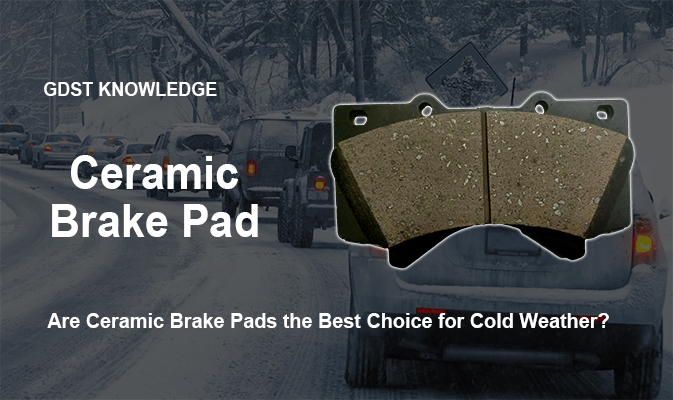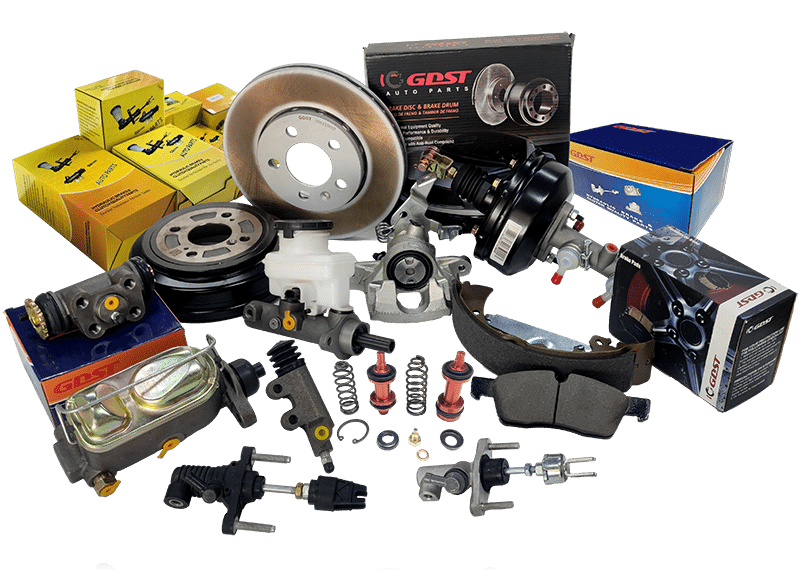Have you ever thought about the brake pads of your car when driving in the winter? Brake pads are important for your driving, especially in the cold weather. Today, let’s talk about ceramic brake pads and how they work in cold weather.
Ceramic brake pads may have a slow initial response when it is cold, and you need to warm up them to get the best braking performance. So it is not suitable for the people in cold regions, who need the brake to work immediately and perfectly at the first time.
So, faced with the frosty challenge, what is the prudent path for those navigating through winter’s grip?
What Brake Pads Are Best for Cold Weather?
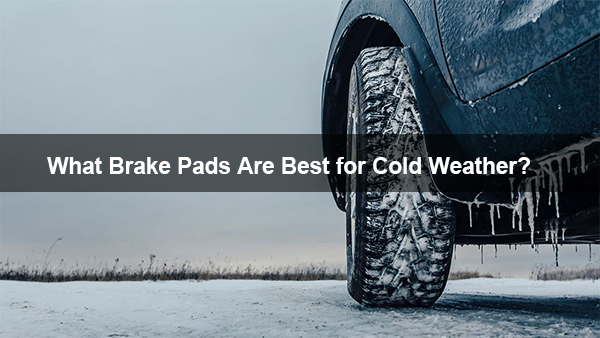
For cold weather, it is better to use brake pads with good performance in low temperatures and reliable stopping power under harsh conditions.
Ceramic brake pads are often recommended for cold weather because they have excellent performance in a variety of temperatures, even in low temperatures. And they generate less dust and noise than other types.
But suppose you’re driving in freezing climates and need more durability, especially for heavy-duty or performance vehicles. In that case, low-temperature performance brake pads made from a specialized compound designed for cold weather might be a better choice.
These pads are engineered to maintain optimal performance even in freezing temperatures. Please consider your vehicle and driving conditions when choosing brake pads for cold weather.
What Is the Downside of Ceramic Brake Pads?
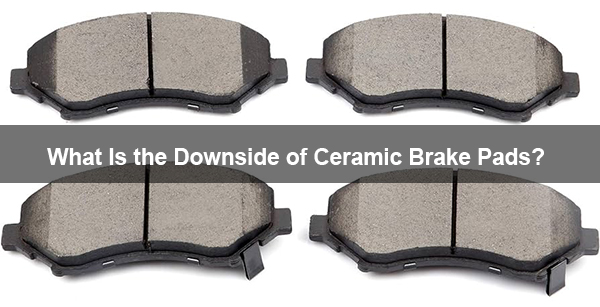
Despite the advantages of less brake dust and quiet operation, ceramic brake pads have some disadvantages.
They are usually more expensive than other brake pads, such as low-metallic or semi-metallic.
Although ceramic brake pads work well under normal driving conditions, they are not the best choice for high-performance or heavy-duty applications, because they can lose some braking efficiency under extreme heat or heavy, continuous use, such as racing or heavy towing.
Moreover, ceramic pads may wear out faster than metallic pads in harsh conditions and cause more wear on brake rotors compared with other pads.
Do Ceramic Brake Pads Squeak in Cold Weather?
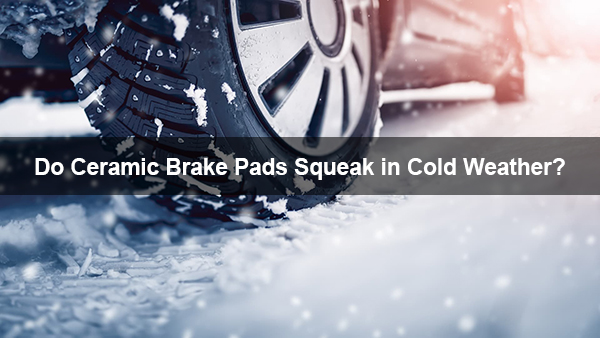
Ceramic brake pads are usually quieter than metallic brake pads, as they generate less noise due to the materials they are made from. However, ceramic brake pads can squeak under certain circumstances, including in cold weather.
The squeaking in cold weather could be caused by several reasons:
- Temperature Sensitivity: Although the ceramic pads are good at a wide range of temperatures, the extreme cold will cause the material to contract and change properties slightly, which may result in noise until the brakes warm up through use.
- Surface Glazing: In the case of low temperature, the surface of ceramic brake pads will be glazed because of the harder material. This glazing will cause the squeak noise during braking.
- Problems in Installation: If the caliper or pad backing is not lubricated properly, the noise will be increased, especially in some areas where the material is easy to shrink or expand because of temperature.
- Rotor Condition: Brake rotor condition also has a great influence on brake noise. No matter any weather condition, ceramic brake pads will squeak when they contact with worn, warped, or not properly cleaned rotors.
Although ceramic brake pads may squeak in cold weather, it’s not only ceramic materials that have this problem. All types of brake pads can squeak under certain conditions. Regular maintenance and proper installation can reduce the chance of squeaking.
Does Cold Weather Affect Brake Pads?
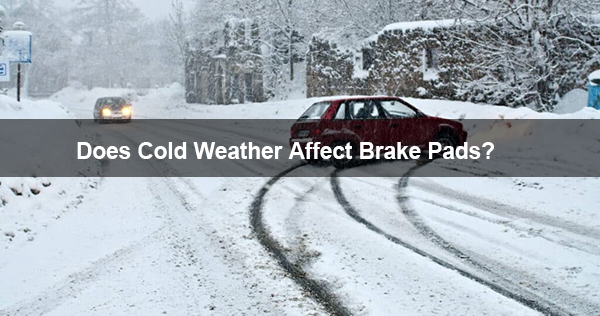
Cold weather can affect brake pads in several ways:
- Performance: Brake pads may need more time to reach optimal operating temperature in cold weather. Until they warm up, their performance may be slightly reduced, meaning your vehicle might require longer distances to stop.
- Material Hardness: The cold weather can make the materials in brake pads harder and more brittle, which will affect their ability to conform and grip the rotor surface effectively. As a result, the braking efficiency will be decreased and the stopping distance will be longer.
- Moisture and Salt: In cold climates, especially in road salting areas, the brake pads are easily exposed to moisture and corrosive materials. Faster wear and tear or even corrosion of brake components may occur under such conditions.
- Noise and Vibration: In cold weather, the noise and vibration of braking will be increased. Because the material properties of the brake pad change and interact with the brake rotor.
Ceramic Brake Pads in Winter: Pros and Cons
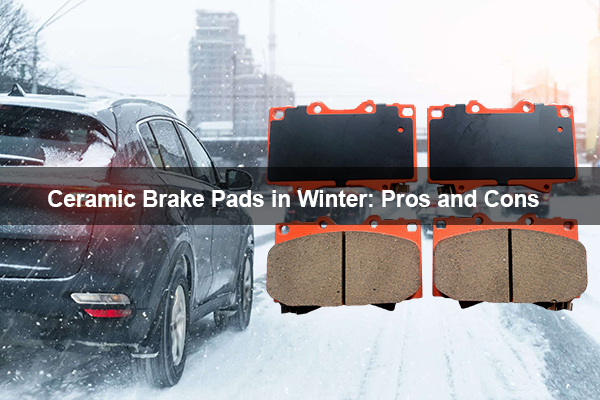
Ceramic brake pads are a popular choice for many drivers due to their performance characteristics. However, their performance in winter conditions has its pros and cons.
Pros of Ceramic Brake Pads in Winter
- Less Noise: Ceramic brake pads are famous for their quietness. In winter, when the windows are usually closed, people may feel very uncomfortable with the noise.
- Reduced Wear: They tend to wear down slower than other types of brake pads, which means they may last longer even in harsh winter conditions.
- Less Dust: Ceramic pads produce less brake dust, keeping wheels cleaner. It is particularly advantageous in winter. The roads are often wet or slushy, leading to more grime and dirt on the vehicle.
- Consistent Performance: Ceramic brake pads can provide consistent braking performance in a wide range of temperatures and conditions, although extremely cold temperatures can affect all types of brake pads.
Cons of Ceramic Brake Pads in Winter
- Reduced Effectiveness in Extreme Cold: Ceramic brake pads may be less effective in extremely cold temperatures, which may increase stopping distances.
- Cost: Ceramic pads are generally more expensive than metallic or semi-metallic ones. In winter, the potential for more frequent replacements due to road conditions could make the higher cost more significant.
- Compatibility with Cold and Wet Conditions: Ceramic brake pads perform well in various conditions, but they may not be the best choice in cold, wet, or icy conditions. Some high-performance metallic or semi-metallic pads are designed for winter use and can offer you better grip and stopping power.
To sum up, ceramic brake pads have many advantages to be used in winter. But their performance will be affected under extremely cold temperatures.
The decision to use ceramic brake pads in winter should consider these factors, balancing the need for performance, noise level, and cost.
Brake Pad Wear and Friction Rating: What to Know
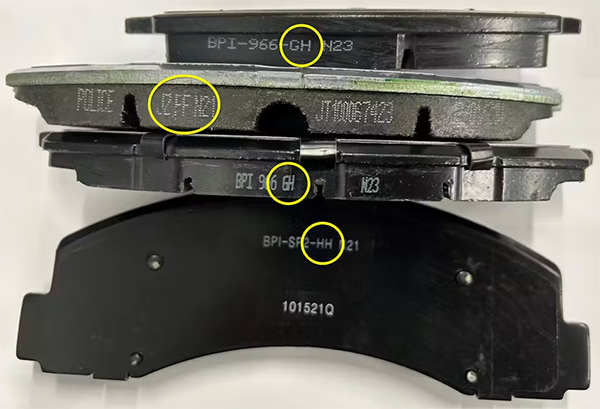
Brake pad wear and friction rating are the most important things you have to know when you choose the brake pad. Here is the information.
Brake Pad Wear
Brake pad wear refers to the consumption of brake pad material during braking. The wear rate is affected by many factors:
- Material Composition: Brake pads can be made from different materials, such as ceramic, and metallic compounds, which have different wear characteristics. For example, ceramic pads wear more slowly than metallic pads.
- Driving style: Frequent braking and high-speed driving may accelerate brake pad wear.
- Environment: If you drive in the city where you have to stop frequently, or in the mountain area where you have to brake constantly, the brake pad will wear out more quickly.
- Brake Pads Quality: The higher quality brake pads tend to wear more evenly and last longer.
Friction Rating
The friction rating of brake pads is a measure of the pad’s ability to stop a vehicle and is typically indicated by a letter grading system:
- EE, FF, GG, and HH Ratings: These are the common friction rating codes for brake pads. The rating is based on the pad’s coefficient of friction. EE is the lowest and HH is the highest. Most passenger vehicles use FF or GG pads.
- Temperature Range: The rating also represents the temperature range where the brake pad works effectively. Higher ratings like GG and HH mean the pad can keep a higher friction coefficient at high temperatures, which is important for high-speed or performance driving.
- Consistency Across Temperatures: High-quality brake pads keep the same friction level in a wide temperature range, which makes the braking performance predictable.
Considerations
- Balancing Wear and Performance: Brake pads are usually a compromise between wear and performance. For example, HH friction-rated pads usually have a better braking performance, but they will wear down the rotor faster and be more aggressive to the rotor.
- Application-Specific Selection: Select the brake pads according to the condition of the vehicles. High-performance brake pads are very suitable for racing or driving at high speed, but it is not necessary to use them during daily commuting. In this case, the brake pads will wear out the rotors quickly, and increase the cost.
- Manufacturer Recommendations: Please follow the brake pad replacement suggestions from the vehicle manufacturer. Using pads with proper friction rating guarantees safety and performance.
Understanding the wear characteristics and friction rating of brake pads helps you make an informed decision that balances performance, durability, and cost-effectiveness.
Conclusion
Ceramic brake pads, with their unique advantages, face a tough challenge in cold weather. They may not be the best choice in winter, as they need heat to work properly. You should consider the driving condition and ask for professional advice. By choosing correctly, your car will be ready to fight against the winter.

